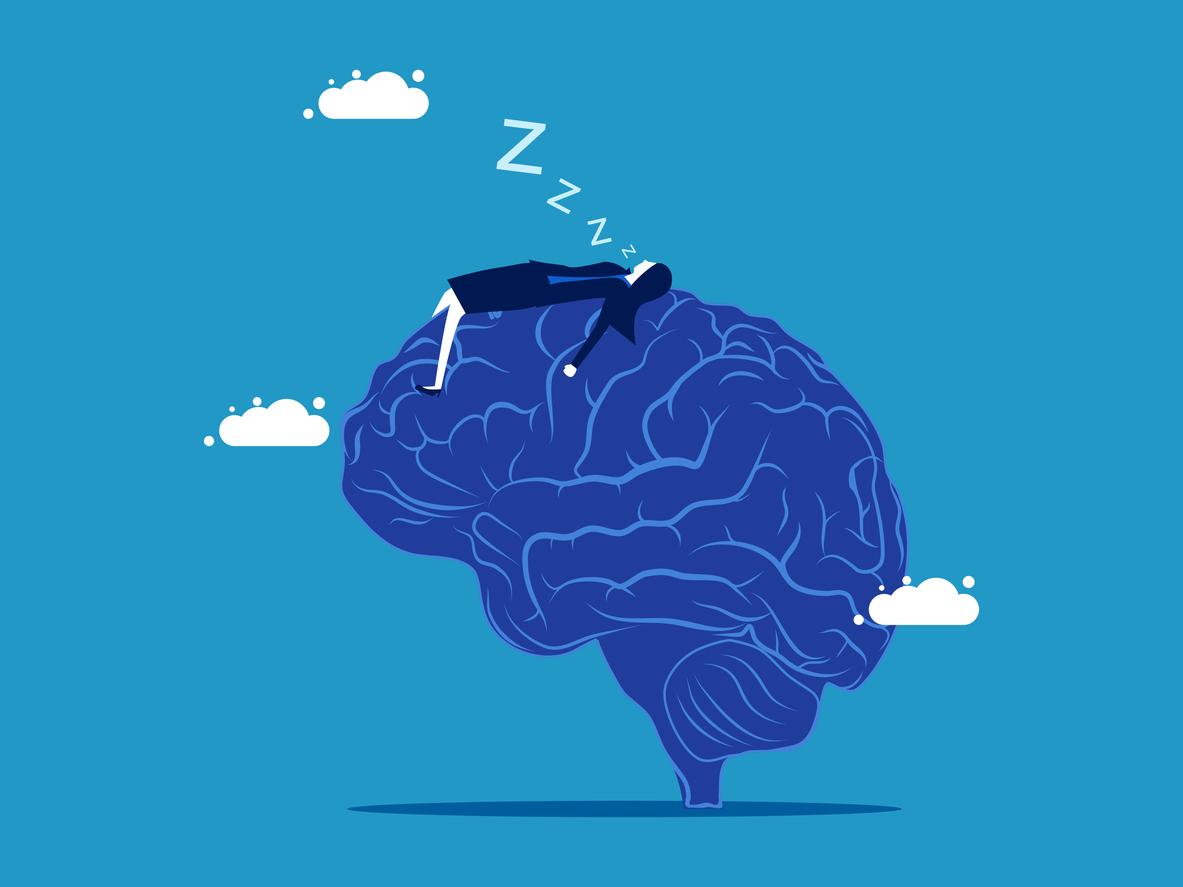Babies who experience unexpected infant death are said to be deficient in a neuroprotein involved in sleep compared to other children.

Every year, between 400 and 500 children are victims of unexpected infant death. It is the leading cause of death in babies under one year old. However, a hundred deaths could be prevented if the children were lying on their backs, in a room heated between 18 and 20 ° C without being exposed to tobacco. But despite these precautions, not all of these deaths can be avoided. Children can suffer from an undetected heart or neurological defect. But in 75% of cases, the deaths remain unexplained. For the first time researchers pinpoint a biological explanation.
Sleep regulation
Researchers at the University of Sydney found that children with Unexpected Infant Death Syndrome had a concentration of a protein located in the brain less than 20% of other children. This protein, called orexin, is responsible for regulating sleep. By inhibiting falling asleep, it wakes us up. “It seems that there are neuronal dysfunctions. Instead of waking up during the night like other children would, they continue to sleep, ”Dr Rita Machaalani explained to Guardian.
In view of these results, the specialist hopes that dosages of orexin will be set up to identify babies at risk. But she admits that such a test will not be available for several years. Especially since this neuroprotein is not the only one to come into play. The researchers have indeed shown that molecules acting upstream are responsible for this low level in the brain of some babies.
Continue research
In addition, all the experts are unanimous: unexpected death is a factorial disease induced by biological disorders and poor sleep habits. Therefore repeating to parents the right gestures to avoid this tragedy is essential. At the same time, research teams are continuing their work to identify the biological mechanisms leading to these sudden deaths.
In France, research is also mobilizing. A national unexpected infant death observatory was created in May 2015 in order to centralize all information concerning these children and the circumstances of their death. A biocollection of blood samples and DNA sequence will also be associated with it from January 1, 2017 for future scientific research work.
.
















